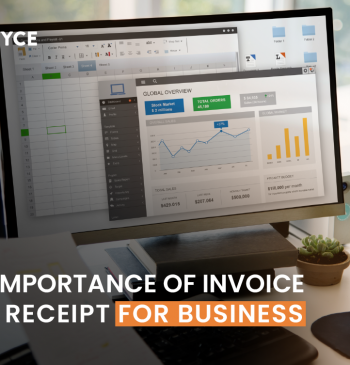Accounting, Best Practices, Business, Management
Small and Medium Enterprise Accounts Management
- By Jamila
21 Sep

Small and Medium enterprise are moving towards sustainability by focusing on cost-effective business activities. Managing accounts and financial data for businesses requires proper consideration to get an accurate picture of financial status, to plan business expenses and strategies accordingly.
Accounts management plays a significant role in adding value to a business’s overall operational functions. The most significant difference between large businesses and small and medium-sized businesses is the use of decisions support systems and strategic accounts management practices.
Effective accounts management lifts the lid on all the business information. This makes more informed decisions based on up-to-date information and measures the performance of businesses and individuals.
Table of Contents
Account management
Accounts management is the process of recording and maintaining financial transactions and information of a business entity. To prepare financial statements a business needs to maintain its all business transaction in a proper way. Financial statements of any business include:
- Profit and loss statement / Income statement
- Balance sheet
- Cashflow statement
- Note to Financial statement
- Statement of changes in equity
Profit and loss statement / Income statement
Income statement is also known as profit and loss statement. It shows the business’s incoming and outgoing funds over a period of time. The income statement takes revenue, expenses, profits, and losses into account. This tells you how much business earned or lost over the period.
Balance Sheet
A balance sheet is a statement of assets, liabilities, and owner’s equity. This shows the total resources of business for the period it covers. It will help you understand your business’s financial strengths and financial obligations.
Cashflow statement
Cashflow statement shows the incoming and outgoing business cash. It shows how quickly cash enters and leaves your business. It uses the information and records from income statement and balance sheet. The bottom line of each flow shows the net increase or decrease in cash for the period.
Note to financial statement
This is the end note that gives greater context around contained information in your other financial statement documents. This is the requirement of International Financial Reporting Standards (IFRS). Information in this document is required to ensure that you are compliant with standards and regulations.
Statement of changes in equity
This document shows the changes made in the company’s share capital, reserves, and retained earnings. In the case of a sole proprietorship, this statement shows the changes to the owner’s equity and also shows changes between partner’s equity.
Why it is essential for SMEs to go for Accounts Management?
- To access accounting information anytime
- To improved accounting security
- Real-time reporting
- Reduce costs and save money
- Improve sustainability
- Simplified tax compliance
- Business decision
- Increase financial returns
- Better financial management
- Recording if each and every transaction
- Documentation
Small and medium enterprise Accounts Management Automation
The global business is changing rapidly and more than ever before. To prosper, the landscape of business for small and medium enterprise need to become more flexible, scalable, and agile. SMEs can now take advantage of cloud computing software to automate the management of their accounts. By using different accounts management software SMEs can operate on global cloud-based platforms and future proof of business like in:
- Increase efficiency
- Enhances employee productivity and experience
- Improve accuracy
- Provide control
- Supports business through change
- Ensure sustainability
Wrap Up
Accounts management is important for tracking, recording, and reporting financial information for better understanding as well as management purposes. There are a lot of benefits associated with accounts management not just for SMEs but for all types of businesses.
Content Writer at Invyce.com
Related Post
Copyright © 2024 – Powered by uConnect



Jamila